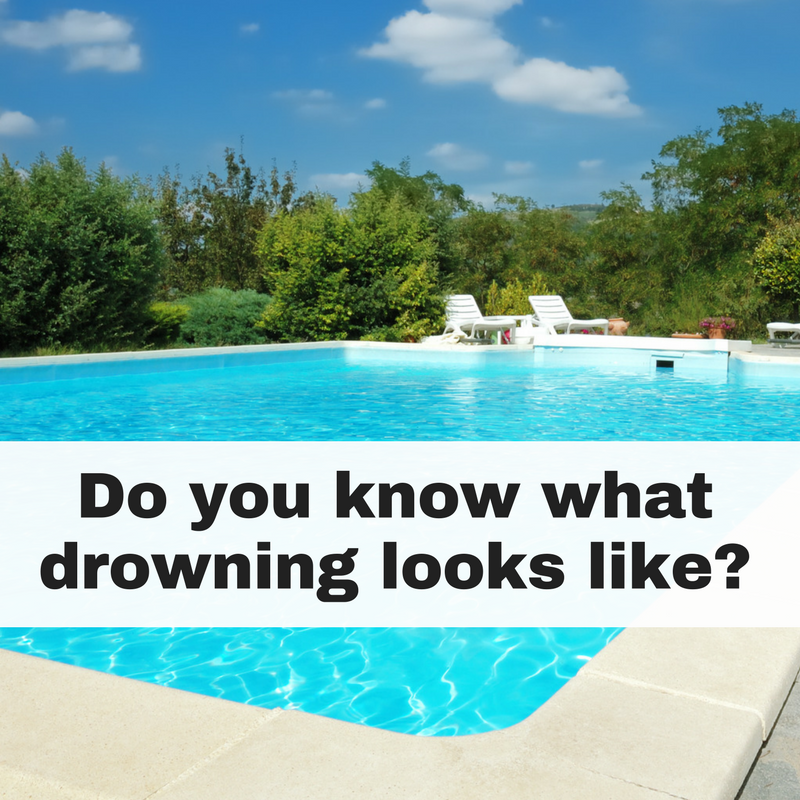It’s that time of year again. Summer is here, and many of us will be celebrating by hanging out at a beach or pool, chasing kids with sunblock, and firing up the BBQ.
Nothing says summer more than fun in the water, but as every parent knows, water safety is critical. As attentive as we may be to our kids, many of us don’t know (or could use a refresher) about what drowning really looks like.
A person who is drowning splashes and makes a lot of noise, right?
Wrong. Someone who’s in trouble in the water may be struggling right in front of other people, unable to surface long enough to get enough air to shout…or breathe.
That’s because people who can’t swim may experience Instinctive Drowning Response — they sink under the water and are only able to get their heads above water for brief moments.
That is why it’s not only crucial that you are nearby when your kids are near water, but that you are also watching them at every moment.
Here’s what the the Instinctive Drowning Response looks like, from the U.S. Coast Guard.
- Except in rare circumstances, drowning people are physiologically unable to call out for help. The respiratory system was designed for breathing. Speech is the secondary, or overlaid, function. Breathing must be fulfilled, before speech occurs.
- Drowning people’s mouths alternately sink below and reappear above the surface of the water. The mouths of drowning people are not above the surface of the water long enough for them to exhale, inhale, and call out for help. When the drowning people’s mouths are above the surface, they exhale and inhale quickly as their mouths start to sink below the surface of the water.
- Drowning people cannot wave for help. Nature instinctively forces them to extend their arms laterally and press down on the water’s surface. Pressing down on the surface of the water, permits drowning people to leverage their bodies so they can lift their mouths out of the water to breathe.
- Throughout the Instinctive Drowning Response, drowning people cannot voluntarily control their arm movements. Physiologically, drowning people who are struggling on the surface of the water cannot stop drowning and perform voluntary movements such as waving for help, moving toward a rescuer, or reaching out for a piece of rescue equipment.
- From beginning to end of the Instinctive Drowning Response people’s bodies remain upright in the water, with no evidence of a supporting kick. Unless rescued by a trained lifeguard, these drowning people can only struggle on the surface of the water from 20 to 60 seconds before submersion occurs.
So what should we do as parents when our kids are in the water?
Water and marine safety specialist Mario Vittone has this advice for families:
“So if your children are playing in the water and everything sounds OK – don’t be too sure. Sometimes the most common indication that someone is drowning is that they don’t look like they’re drowning. They may just look like they are treading water and looking up. One way to be sure? Ask them, “Are you alright?” If they can answer at all – they probably are. If they return a blank stare, you may have less than 30 seconds to get to them. Remember – children playing in the water make noise. When they get quiet, you get to them and find out why.”
Learn more at “How to Save your Kid from Drowning”, from Modern Mom Magazine.





